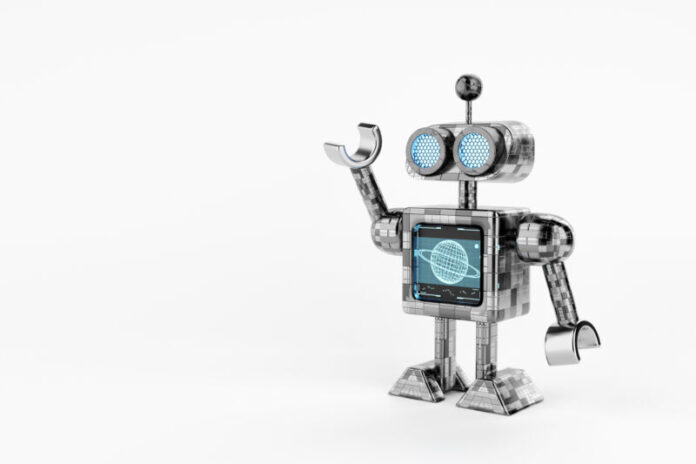
Enlarge / Why wouldn't you trust this little guy? He's so cute! (credit: Thamrongpat Theerathammakorn)
Making mistakes is human, but it's not limited to humans. Robots can also glitch. As we fast-forward into a future with upgraded AI technology making its way into the classroom (and beyond), are kids willing to trust information from a robot, or would they prefer it to come from a human?
That's the question researchers Li Xiaquian and Yow Wei Quin of Singapore University of Technology and Design wanted to answer. To see whether human or machine was more reliable, they ran an experiment with kids ages 3–5, giving them a screen that paired each of them with an accurate human, an inaccurate human, an accurate robot, or an inaccurate robot.
It turned out that both younger and older children trusted an accurate human or robot equally. However, younger kids given information by an inaccurate human or robot were more likely to trust the human—but why?
Read 8 remaining paragraphs | Comments
Ars Technica - All contentContinue reading/original-link]




